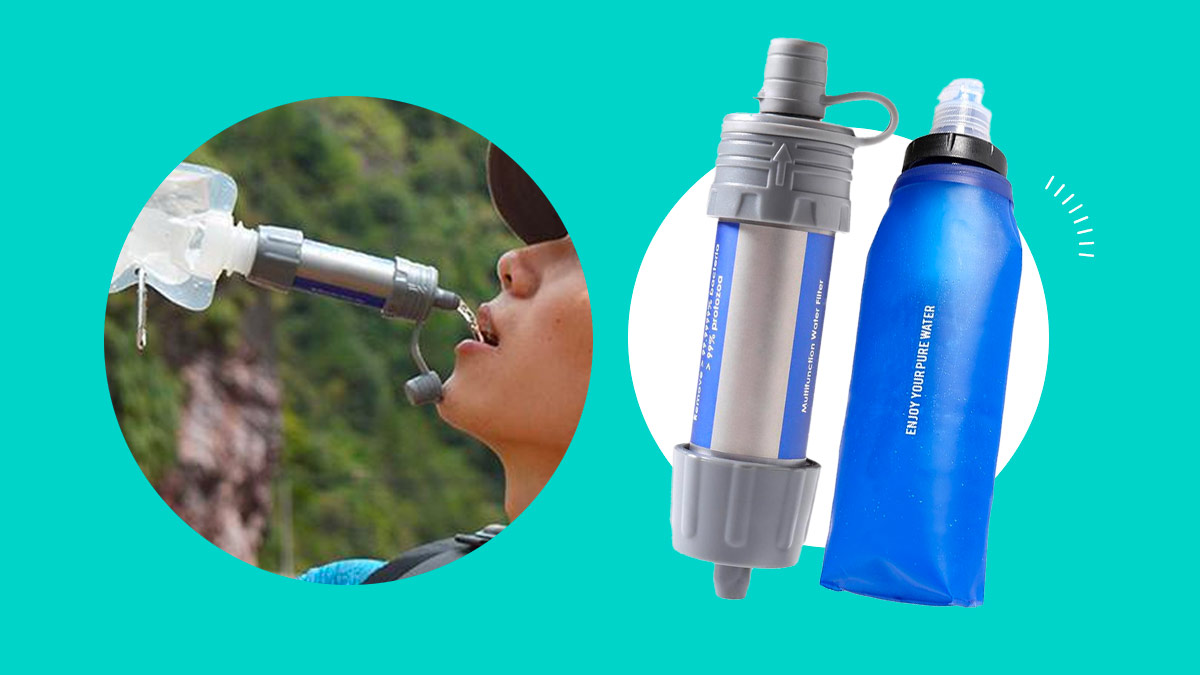
To learn more about the chemistry of the drinking water in your area, ask your utility company for a detailed report. If you want to go the extra distance (and cost), have the water tested by an independent laboratory.
For the most part, water provided by public utility systems is safe to drink. But whether you’re connected to city or well water, trace contaminants may give the water a discernible taste or odor. Categories of contaminants include rust, sediment, bacteria, heavy metals and other chemicals. Low-cost water filters will remove some of these impurities and can give the water a more neutral taste.
Among the most effective home water filters are reverse osmosis and distillation types. The reverse-osmosis type has a special membrane to block out impurities, whereas the distillation type turns the water to steam, then condenses it back to liquid, minus contaminants. These two systems produce the purest water, but they’re expensive, ranging in cost from $400 to $1,200. They can also be expensive to operate and maintain.
For DIYers, the best place to start is with one of several varieties of cartridge filters designed to remove particulate matter. These are less expensive and easier to install. Filter cartridges use fibers to trap rust and sediment. Some of the more specialized ones incorporate activated carbon to reduce odors as well as remove chlorine and bacteria. Some others also reduce lead.

All cartridge filters require periodic changing of the cartridge. If the cartridge is neglected for too long, it will become saturated with particles and eventually begin leaching impurities back into the water. Check the manufacturer’s recommendations for your model.
The main varieties of cartridge-style filters are countertop (or faucet-mounted), whole house, under sink and icemaker filters.
The easiest filter to install is the faucet-mounted type. If you have a threaded faucet spout, you can install one in seconds and without using any tools.
Unscrew the aerator tip on the spout and attach the filter. Like the others, this filter’s cartridges should be replaced periodically as directed by the manufacturer’s instructions. One drawback to this kind of filter is that it may put pressure on the O-rings and gaskets inside your faucet and could shorten the faucet’s life. Contact us for more information.



